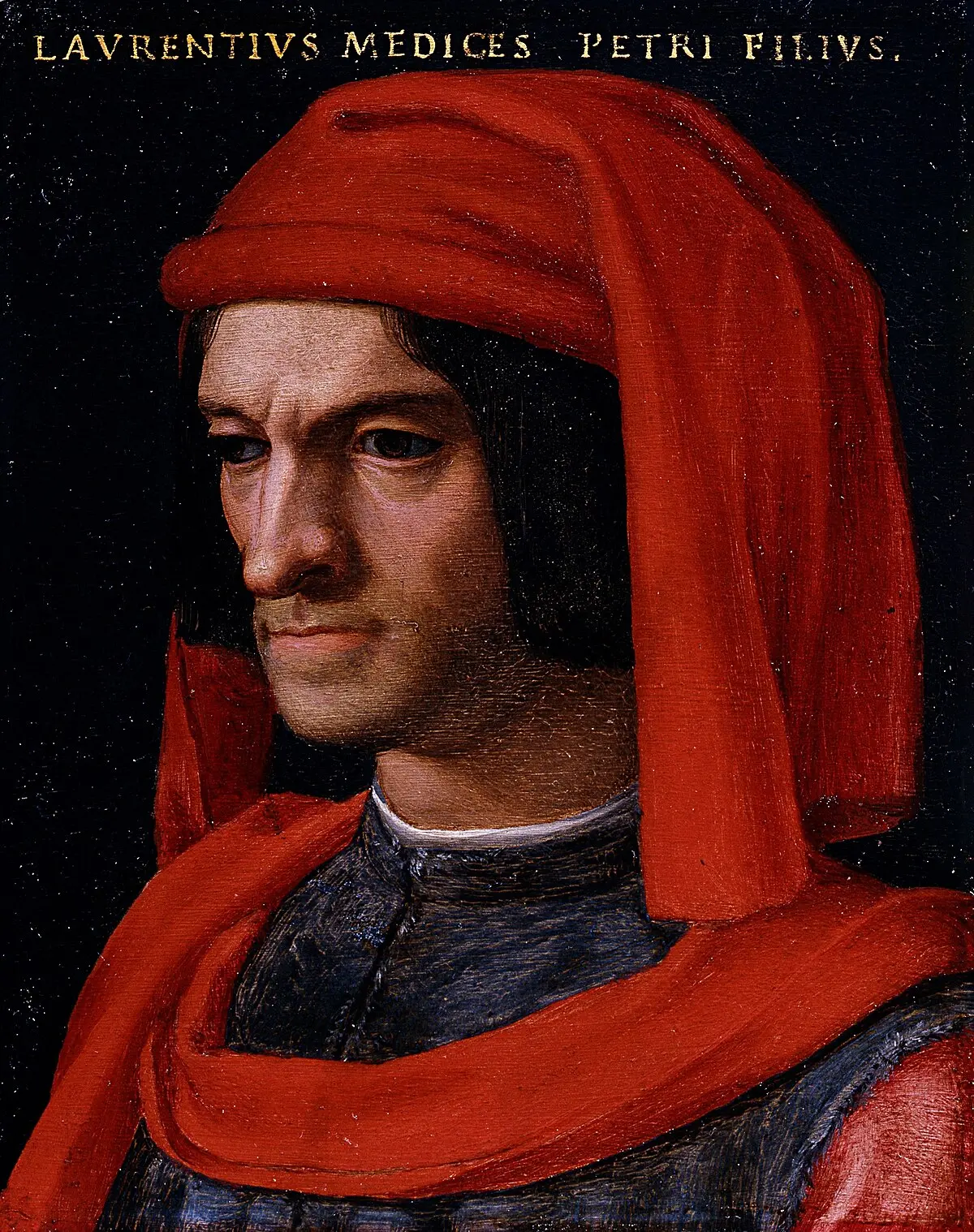Ciao, history and art lovers! ✨ Florence is a city that exudes creativity, culture, and history at every turn, and no figure embodies the spirit of this Renaissance city quite like Lorenzo de’ Medici, better known as Lorenzo the Magnificent. A patron of the arts, a skilled politician, and a lover of poetry, Lorenzo left an indelible mark on Florence and the world. Join me as we explore the life and legacy of this extraordinary figure whose vision shaped the city we adore today.
The Life of Lorenzo the Magnificent
Born in 1449 into the powerful Medici family, Lorenzo inherited not only immense wealth but also the responsibility of maintaining the family’s influence over Florence. Lorenzo’s leadership began early—he assumed control of the Medici bank and the Florentine Republic at just 20 years old. His reign, spanning over two decades, was a golden era for Florence, both politically and culturally.
Lorenzo’s charisma and intelligence earned him the title “Magnificent,” but his life was not without challenges. His leadership ensured Florence remained stable, even amidst external pressures and rivalries with other powerful Italian states.
The Pazzi Conspiracy – A Turning Point
One of the most dramatic events in Lorenzo’s life was the infamous Pazzi Conspiracy of 1478, a plot to overthrow the Medici family. Orchestrated by the rival Pazzi family with backing from Pope Sixtus IV and others, the conspiracy culminated in a shocking assassination attempt during mass at the Cathedral of Santa Maria del Fiore.
The attack left Lorenzo’s younger brother, Giuliano de’ Medici, fatally wounded, but Lorenzo himself narrowly escaped with the help of his supporters. In the aftermath, Lorenzo’s swift and calculated response ensured the Medici’s survival. The conspirators faced harsh reprisals, and the Medici’s grip on Florence was further solidified.
This episode not only cemented Lorenzo’s reputation as a shrewd and resilient leader but also marked a turning point in Florence’s history. It underscored the political tensions of Renaissance Italy while showcasing Lorenzo’s ability to navigate and emerge victorious from such challenges.

A Renaissance Patron Extraordinaire
Lorenzo’s most enduring legacy lies in his patronage of the arts. During his time, Florence became a beacon of the Renaissance, thanks to his unwavering support of artists, writers, and thinkers.
- Michelangelo: Lorenzo discovered the young Michelangelo and invited him to live at the Medici Palace, fostering his talent.
- Sandro Botticelli: Lorenzo commissioned Botticelli’s most famous works, including Primavera and The Birth of Venus, which remain iconic representations of the Renaissance.
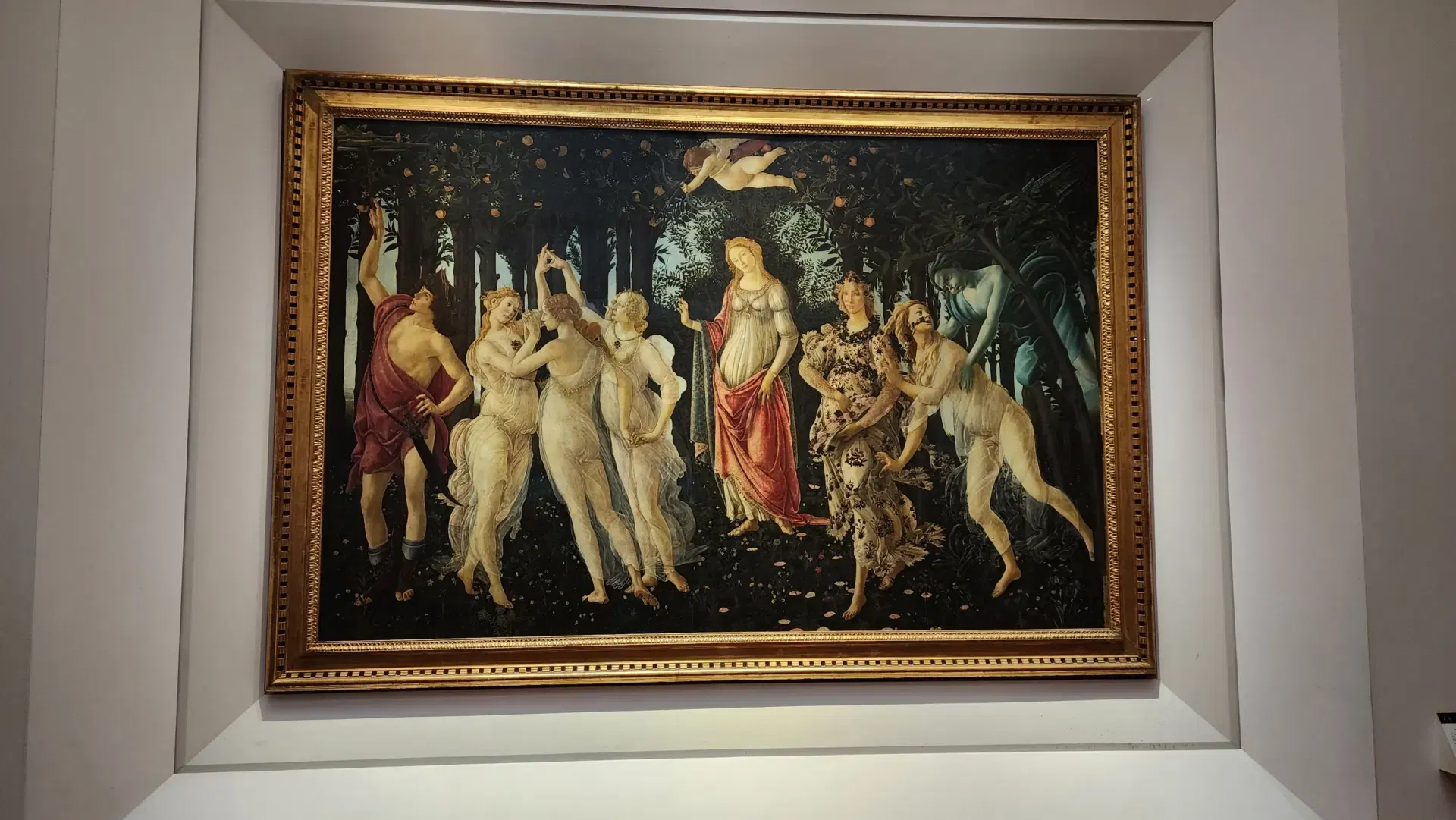
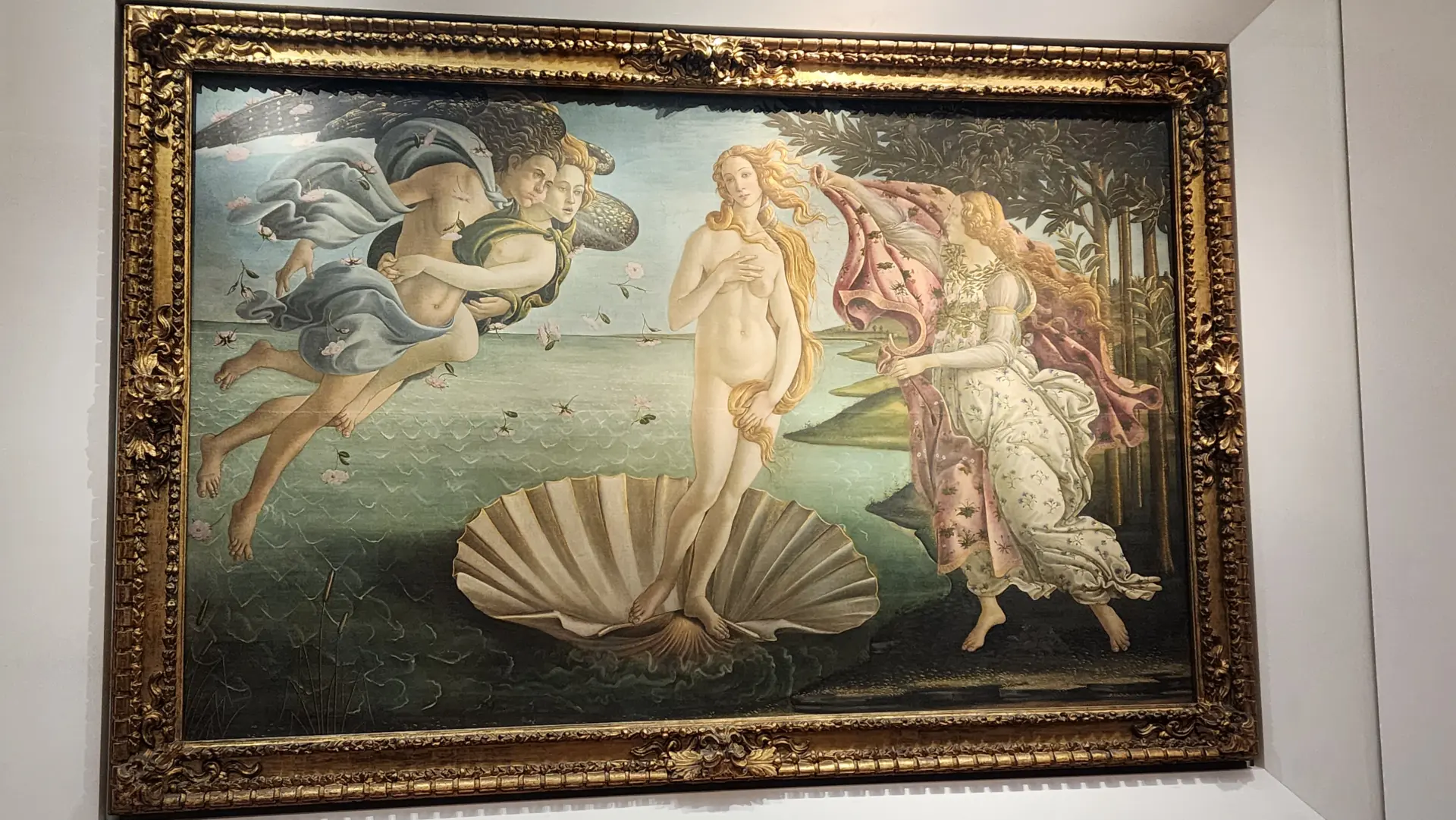
- Philosophy and Literature: Lorenzo also supported scholars and poets, including Marsilio Ficino and Poliziano, ensuring that Florence remained a center of intellectual thought.
Without Lorenzo’s visionary support, many masterpieces that define the Renaissance might never have been created.
Lorenzo’s Later Years
As Lorenzo entered his later years, the challenges of maintaining Florence’s power and the Medici family’s influence began to take their toll. The Medici Bank, once a pillar of their wealth, started to falter due to financial mismanagement and accumulating debts. Politically, Lorenzo’s alliances became more strained, particularly with the Papacy, following the Pazzi Conspiracy and its aftermath.
Despite these difficulties, Lorenzo continued to lead Florence with resilience, relying on his diplomatic skills and unwavering commitment to the city. However, his health began to decline, and he suffered from gout and other ailments. In 1492, at the age of 43, Lorenzo passed away at his villa in Careggi, surrounded by his close family and friends. His death not only ended his personal era of leadership but also marked the beginning of challenges for Florence and the Medici dynasty.
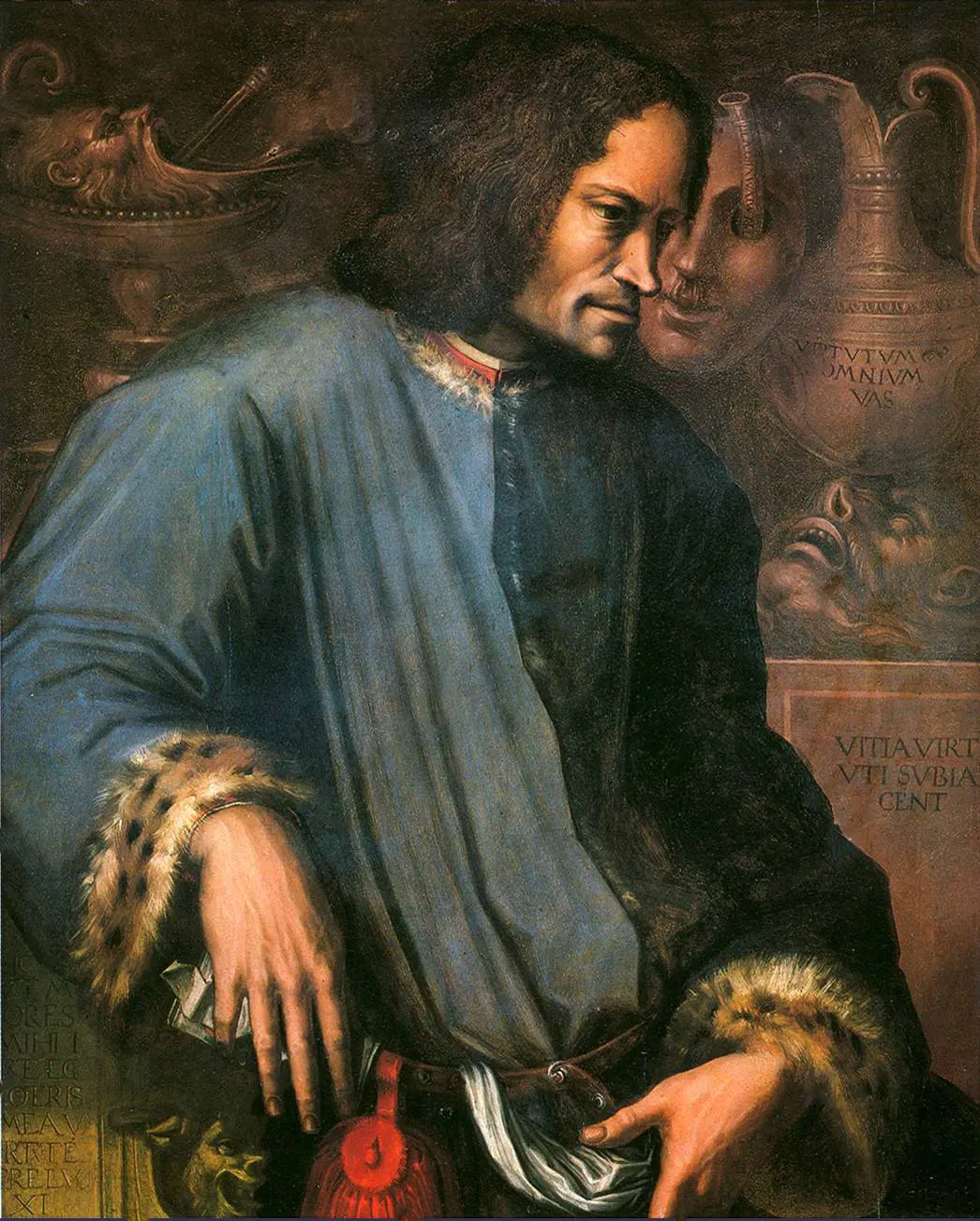
Lorenzo’s death left a profound void in Florence. Widely mourned, he was remembered not only as a shrewd politician but also as a beloved patron of the arts and a visionary leader. His influence lived on through the Renaissance masterpieces he supported and the cultural revival he championed. Artists like Michelangelo, who had enjoyed Lorenzo’s mentorship, regarded him as one of Florence’s great luminaries.
Lorenzo’s Cultural Legacy
Even today, Lorenzo’s influence is palpable throughout Florence:
- San Lorenzo Basilica and Medici Chapels: As a devout patron of the Medici’s parish church, Lorenzo contributed to San Lorenzo Basilica’s expansion and embellishments. His tomb lies in the New Sacristy, adorned with Michelangelo’s sculptures.
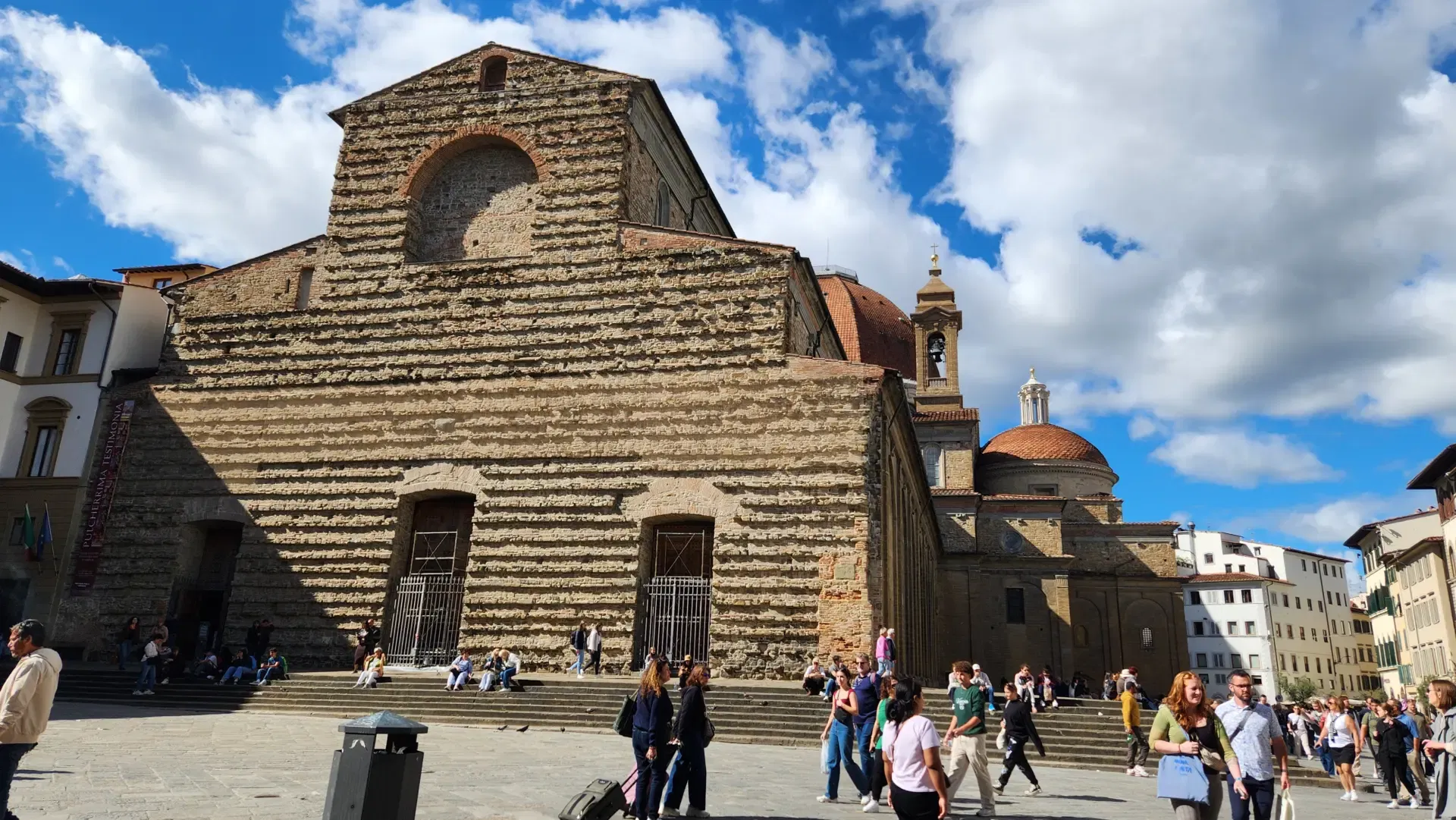
- The Uffizi Gallery: Lorenzo’s collection of art and manuscripts laid the groundwork for the Uffizi Gallery, one of the world’s most celebrated museums.
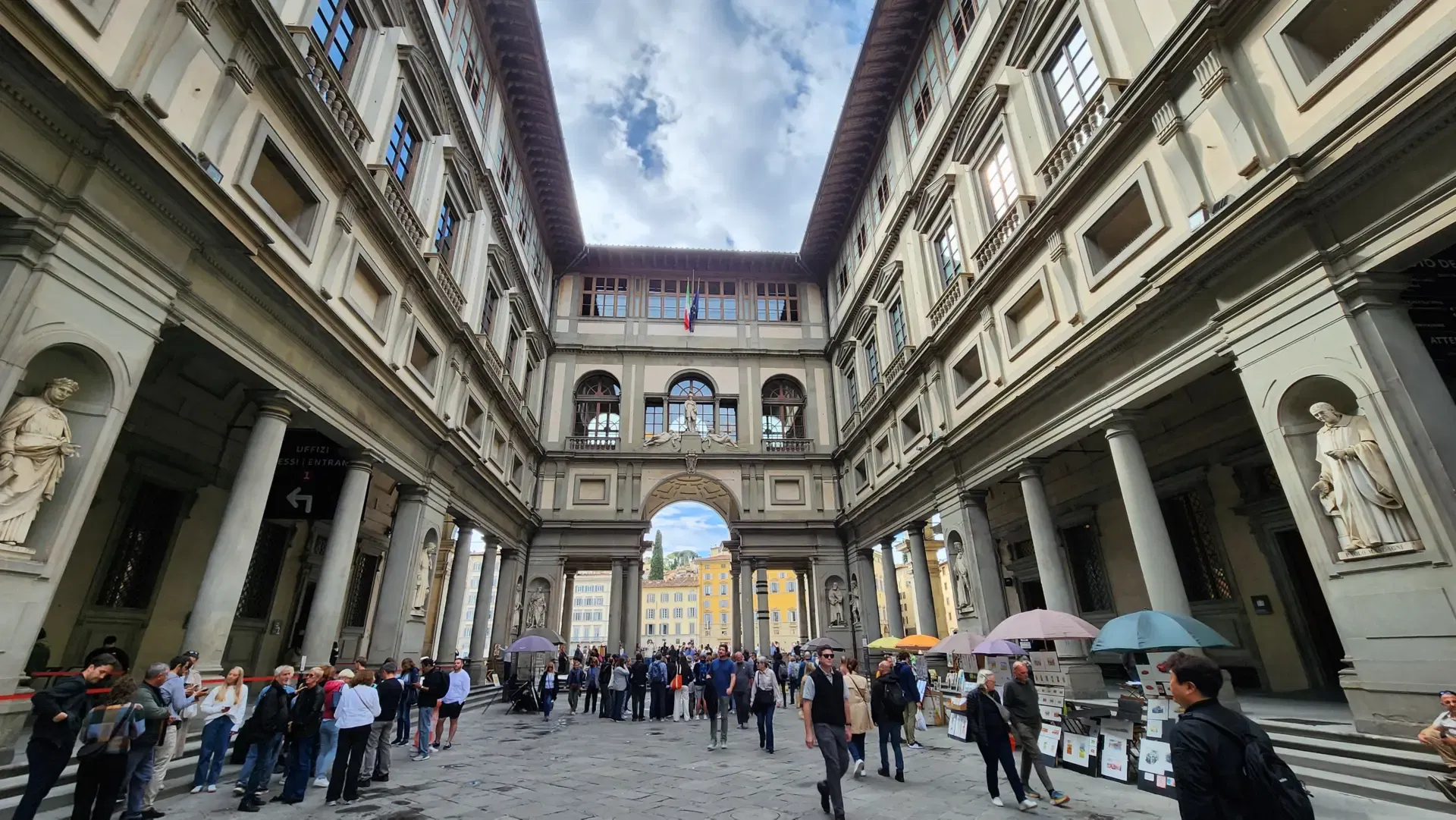
- Florentine Festivals: Lorenzo’s sponsorship of public festivities and competitions helped foster a sense of unity and pride in Florence’s citizens.
Practical Information for Visitors
If you’re inspired by Lorenzo’s legacy, here are some must-visit spots in Florence:
- San Lorenzo Basilica and Medici Chapels: Pay homage to Lorenzo at his final resting place.
- The Uffizi Gallery: Admire Botticelli’s masterpieces commissioned by Lorenzo.
- Palazzo Medici Riccardi: Explore the Medici family’s residence, where Lorenzo hosted artists and scholars.
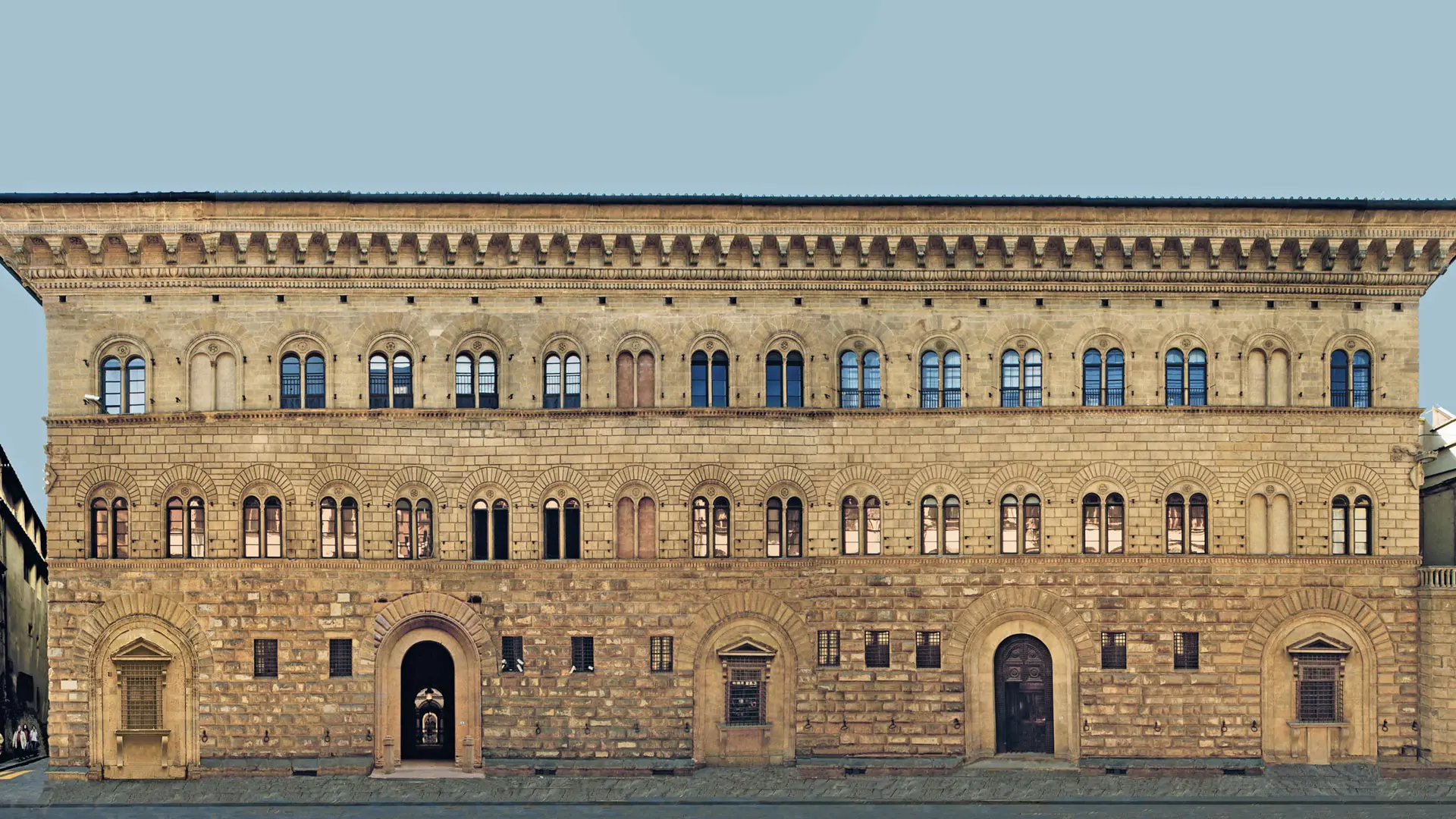
Final Thoughts
Lorenzo the Magnificent was more than a ruler – he was the soul of the Renaissance. His passion for art, culture, and innovation transformed Florence into a cultural capital that continues to inspire visitors from around the globe. Walking through the city today, you’ll feel his presence in its art, architecture, and spirit.
Until next time, keep finding your sparkle, everywhere! ✨🎨
Xoxo,
Bubbly 🎈

